WHISKER FATIGUE: What It Is & How to Help Your Cat!
Imagine someone constantly tapping your shoulder—annoying, right? That’s how whisker fatigue feels for your cat. Their ultra-sensitive whiskers can get overstimulated from too much contact, especially during mealtime, leading to stress, irritability, and even avoiding their food.
View All Cat Products Available In Our Shop
What is Whisker Fatigue?
Cats’ whiskers are highly sensitive tactile hairs called vibrissae. They are deeply embedded in the skin and connected to the nervous system, making them crucial for a cat’s spatial awareness. Whisker fatigue occurs when these whiskers touch surfaces repeatedly, causing stress on the sensory system. It’s akin to sensory overload, which can lead to noticeable behavioral changes in your cat.
The Role of Whiskers
Whiskers are not just for measuring gaps—they also help cats detect changes in their environment, navigate in the dark, and sense nearby threats or prey. Each whisker is equipped with proprioceptors at the base, which send tactile signals to the brain. This is why when these important sensory tools are overused, it can lead to fatigue.
Tip: Switch to a wide, shallow (flat) feeding bowl to reduce whisker contact and make mealtimes more comfortable and stress-free for your feline friend!
Recognizing the Symptoms of Whisker Fatigue
Identifying whisker fatigue in cats is crucial as it can significantly impact their quality of life. Symptoms of whisker fatigue include:
- Hesitation Before Entering Narrow Spaces: Your cat may become more cautious about where it goes, avoiding tight spots it used to navigate with ease.
- Changes in Eating Habits: If your cat suddenly seems disinterested in its food bowl, particularly if the bowl is deep, whisker fatigue might be the cause.
- Visible Agitation or Stress: Watch for signs of stress, such as shying away from contact or being unusually withdrawn. These could indicate that your cat’s whiskers need a break.
Preventive Measures and Remedies
Preventing whisker fatigue is about ensuring that your cat’s whiskers are not unnecessarily stimulated. Here are some effective strategies:
- Use Shallow Food and Water Bowls: These allow your cat to eat and drink without their whiskers touching the sides of the bowl.
- Provide a Spacious Living Environment: Make sure your cat has plenty of room to move without constant whisker contact.
- Minimize Overcrowding: Keep your home environment clutter-free to reduce the chances of whisker contact.
- Choosing the Right Accessories: Opt for cat beds with low sides to help reduce the likelihood of whisker fatigue.
#petsupplies #petcare #shoplocal #petlovers #petproducts #smallpets #animalcare #WhiskerFatigue #HappyCatTips #CatCare
-
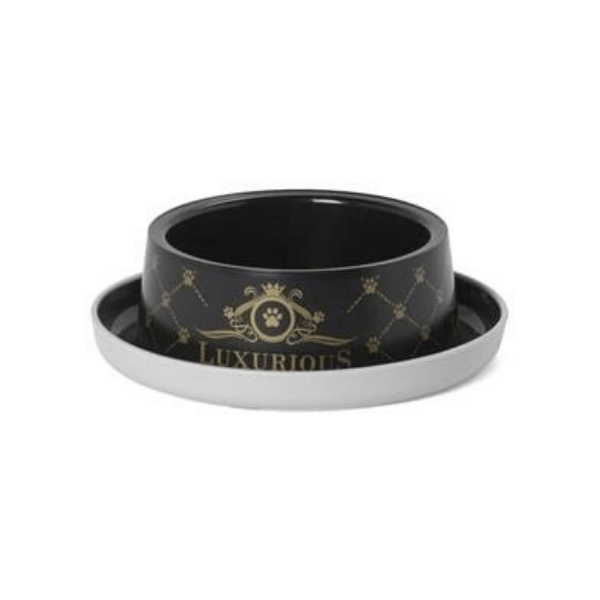
Trendy Dinner Bowls Luxurious, Cats Bowls, KimVet e-Shop, Moderna
Price range: R84.01 through R93.33 -
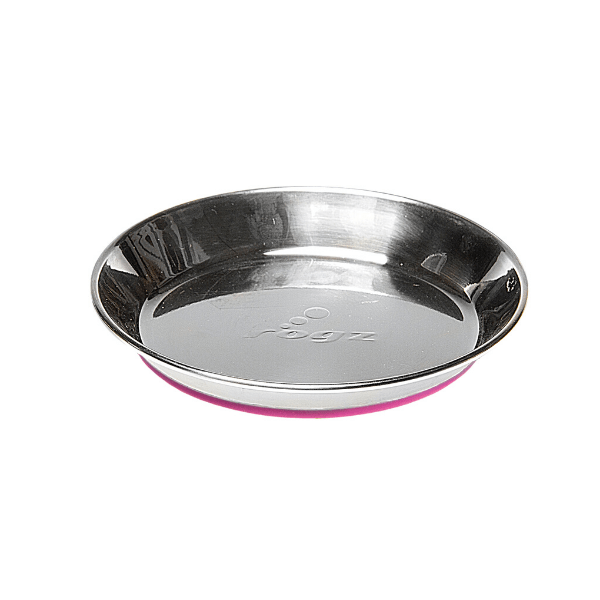
Rogz Catz Bowlz Stainless Steel 200ml Anchovy Cat Bowl
R127.19 -

Rogz Catz Bowlz 200ml Fishcake Cat Bowl
Price range: R146.41 through R150.70 -
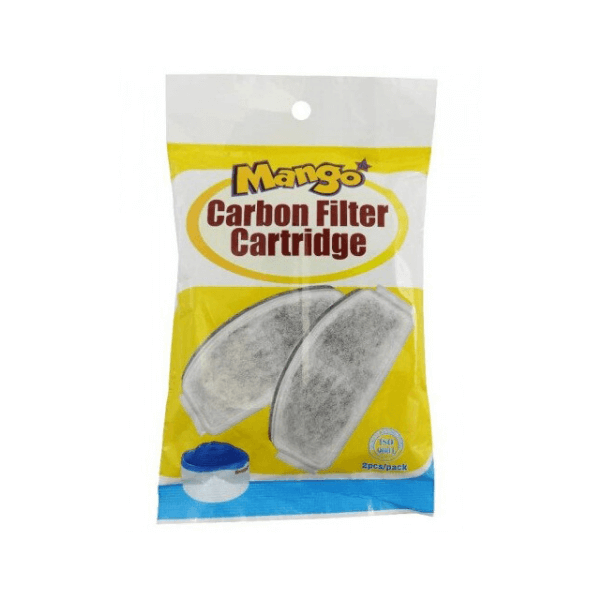
Carbon Cartridge 2 Pack, Cats Dogs Bowls, KimVet e-Shop, Mango Akwa
R61.50 -

Bowl Plastic, Cats Bowls, KimVet e-Shop, Akwa
R11.59 -

Flower Fountain, Cats Bowls, KimVet e-Shop, Catit
R1,046.50 -
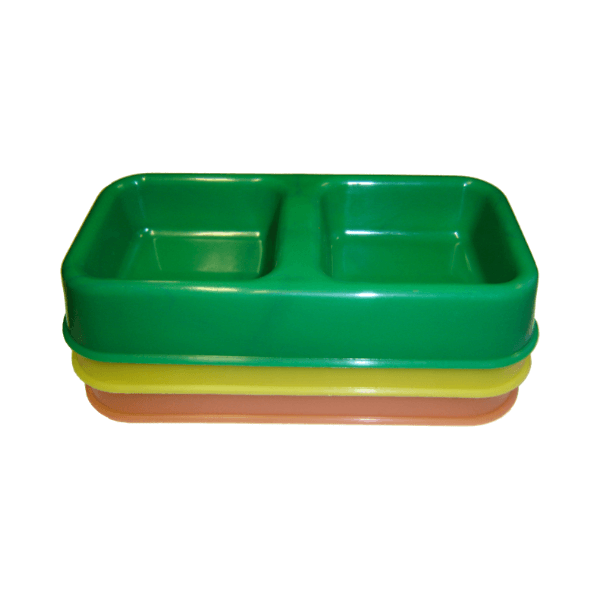
Double Diner Small Bowl
R34.67 -

Fountain Pet Water Feeder, Cats Dogs Bowls, KimVet e-Shop, Akwa Mango
R516.81 -

Cat Bowl Stainless Steel Anti Skid Plain 0.25L
R35.21 -

Fountain Mini Pet 1.2L, Cats Dogs Bowls, KimVet e-Shop, Pet Systems Drinkwell
R780.85 -

Fountain Original 1.5L, Cats Dogs Bowls, KimVet e-Shop, Pet Systems Drinkwell
R1,279.95 -
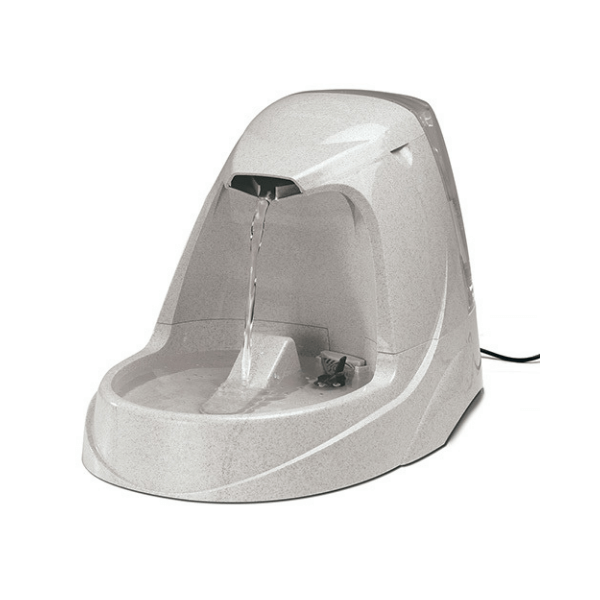
Fountain Platinum 5L, Cats Dogs Bowls, KimVet e-Shop, Pet Systems Drinkwell
R1,923.95


